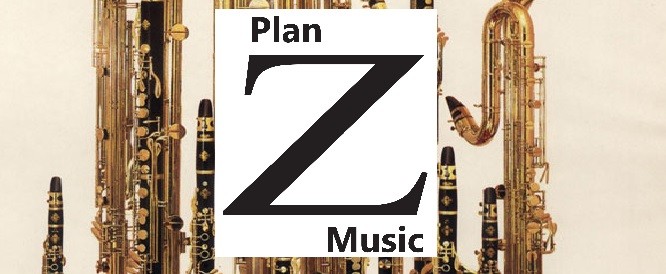The clarinet scale books have been in circulation for about ten months now and sales have steadily increased. Whilst I am happiest if these books are bought from this website, I am pleased to see some five-star reviews on Amazon.
As you would expect, many of my own students have bought the books and some lesson time has been devoted to guiding them through them: the intention was always for the books to provide support for the teacher at the same time as for the student and careful guidance is essential. Some of my students have shown reluctance to work through the practice plans at the end of each lesson. This has particularly been the case with more advanced students who have started with Book 2 or Book 3. The practice plans in these books consist of long lists of scales and arpeggios, most of which are to be played once. By the time they are ready to take Grade 5 they can face a list of over 40 items to work through in each practice; however, if previous stages of the process have been gone through properly, this should not take very long. I frequently demonstrate this in the lesson by working down a list at slow tempo, timed by the student. Even quite long lists can be completed in well under ten minutes if the student is able to play each item correctly the first time.
In the case of those students who have followed the instructions diligently, usually because they have high levels of parental support, the results have astonished even me. How often does a teacher find their student knows all the scales for an exam before they have begun work on any of the pieces? I have also found that working on the many exercises in the books has had a significantly beneficial effect on general technique and I have been impressed by the increased facility and confidence these students have gained.
As I write I am awaiting delivery of the first print run of my new publications, Learn Your Scales and Arpeggios for Saxophone. As with the clarinet books, I have no doubt that some of my fingering choices will be controversial: relative to other acoustic instruments, the saxophone is in its infancy and, while I am by no means the first to try to formalise its technique, there can not be said to be any consensus about how it should be played. Once again, my aim is to present the student with fairly strict rules and guidelines to remove the element of uncertainty. Sometimes the student is given options to explore, but I have tried to explain my choices as they are presented.
If the saxophone is a relative newcomer, the teaching of the instrument is at an even earlier stage: very few school children had the opportunity to learn it when I was at school and, when I was a student at the Royal Academy of Music in the early 1980s, it was still not possible to take the instrument as a principal study – it should be noted, however, that fine work was being done with second study students there by Richard Addison and many excellent players in the profession now owe their success to his teaching. Nevertheless, many players and teachers currently in the field are largely or wholly self-taught and, whilst some have undoubtedly achieved a high level of expertise, all too many lack a comprehensive grasp of the instrument and its technique. Certainly there is a wide divergence of views about how the instrument should be played.
I too am a largely self-taught saxophonist, although I underwent a rigorous training as a clarinet player. The expertise to which I lay claim is based on considerable experience as a teacher and player and I believe the high level of success in my teaching attests to the effectiveness of my methodology. You may ask: who am I to presume I can lay down the law in the way I have in these books? In response I would say I am no better than dozens of others; the difference is that nobody else has tried to do this. I have. And it works.
